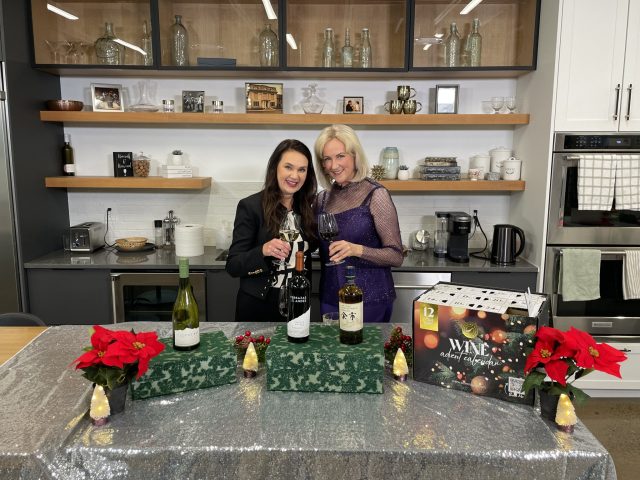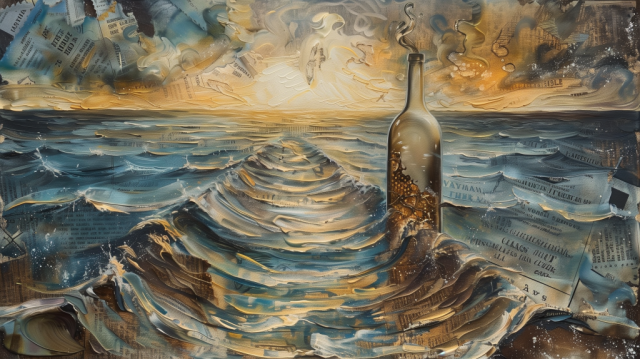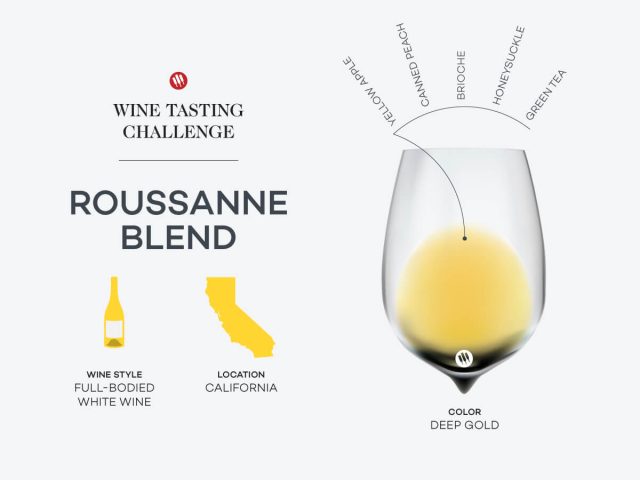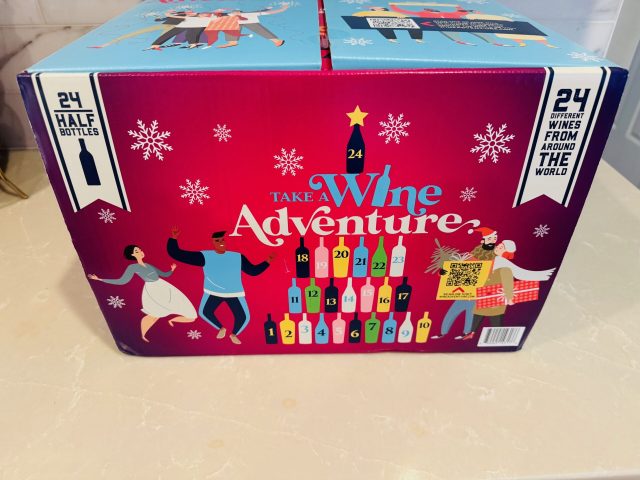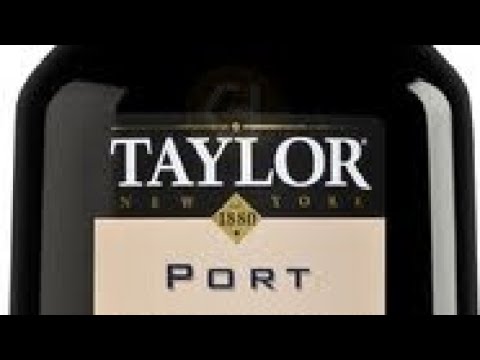How wine can be as cool as beer and cocktails
It’s certainly true, as Robert Parker pointed out in his recent interview in The Drinks Business, that high wine prices are “a problem and a concern” and that they are creating “a caste system” in which “the younger generation” cannot afford top wines from regions such as “Burgundy, or Bordeaux, or from California.”
But there’s nothing really new about this situation. It’s been so forever. In fact prices for Bordeaux today, adjusted for inflation, are no higher than they were 100 years ago. What is interesting, to me, is the complex psychological contortions by which consumers (and some critics as well) arrive at the conclusion that price is a determinant of quality.
Long ago, vintners understood that the public suffers from this misapprehension. According to Edmund Penning-Rowell, who wrote what is still, to my mind, the most authoritative book on Bordeaux (“The Wines of Bordeaux,” 1969), “Baron Phillippe’s [de Rothschild] intense conviction [was] that Mouton-Rothschild was as good as any first growth, and for his money better than most. The only way that this [i.e. rise in its perception by the market] could be achieved was by asking a price as high as any first growth and if possible higher than all.” As Penning-Rowsell later makes clear, the Baron “was able to do this successfully.”
Baron Rothschild, of course, also was the partner of Robert Mondavi in establishing Opus One, which, at the time of its launch (the first vintage was 1979), “was the most expensive Californian wine.”
This strongly suggest that Mondavi learned his lesson in pricing from his friend. And we know, from personal experience, how many wineries, faced with tough sales, raised their prices, only to find demand radically increased.
Nowadays, the price of Opus One (about $240 for the 2011) pales in comparison to that of Screaming Eagle ($2,400 for the 2012 in the aftermarket). If your mind works the way most peoples’ minds work (including mine), it can be hard not to be impressed by that kind of price. A rational part of you thinks, “If it costs that much, and knowledgeable people are willing to buy it, then it must be one of the most fabulous wines in the world.” And, of course, these very famous and rare wines always are fabulous. But their prices bear no relationship to their quality, with respect to similar wines from similar appellations. This is why seasoned wine critics taste blind.
Back to Parker. He knows as well as anyone that the Bordeaux, Burgundies and Californians he helped push to astronomical heights can be very difficult to suss out in blind tastings. Why some people continue to buy them is, in fact, a matter for behavioral and cognitive scientists, not wine critics. As for the “younger generation,” I’m not so worried about them. They couldn’t afford Bordeaux First Growths in 1929, when Latour et. al cost nearly three times the price of Gruaud-Larose and Langoa, and they can’t afford it now.
Is price, as Bob speculates, “one reason why such people are turning to drinks other than wine.” ? It could well be, although good craft beer cannot be described as cheap. As I, and many other, observers have noted lately, beer and spirits seem to have the wind at their sails in a way wine at the moment does not, at least in our urban centers. Another question: Has this trend been created and fostered by the media, or did the media simply pick up on something that was already occurring on the street? As usual, it’s a little of both. What craft beer and cocktails have done—which wine has not—is to rise to the level of being cool. All those tattooed young mixologists, those hip brewmeisters, the trendy bars that have popped up from the Mission to Soho—they are the modern face of beer and spirits. What is wine’s modern face? As far as I can tell, it’s a young woman who opts for Pinot Gris on a date, your grandfather, or a somm.
I don’t overly fret about wine’s future because these trends come and go. Wine has been the most successful alcoholic beverage of all time for a very good reason; and what has worked for humans for thousands of years is likely to work for them for thousands more. Nor is wine in any particular financial trouble in the U.S. But it has lost a certain frisson of coolness, or at least the perception, the optics of frisson. In reality, wine is as cool as anything: winemakers themselves are as cool as any dashing mixologist, if not as visible.
But beer, in particular, is on a roll. In Britain, the brew industry is sponsoring a “There’s a beer for that” advertising campaign, crafted by the wildly successful filmmaker Michael Winterbottom (nominated for the Palme d’Or at Cannes), that was launched on Downton Abbey, and also is huge on Twitter and other social media.
If the industry is to lure the under-35 crowd away from beer and spirits to wine, it has to find ways to speak to them in their own language, on their own turf. This involves an accurate and fearless study of how beer and spirits are actually succeeding. One could do worse, as an academic enterprise, to hang out in a Valencia Street bar and study who’s drinking what. I volunteer for this vital work in the field, as the Margaret Mead of the cocktail lounge.
(c) STEVE HEIMOFF| WINE BLOG – Read entire story here.
